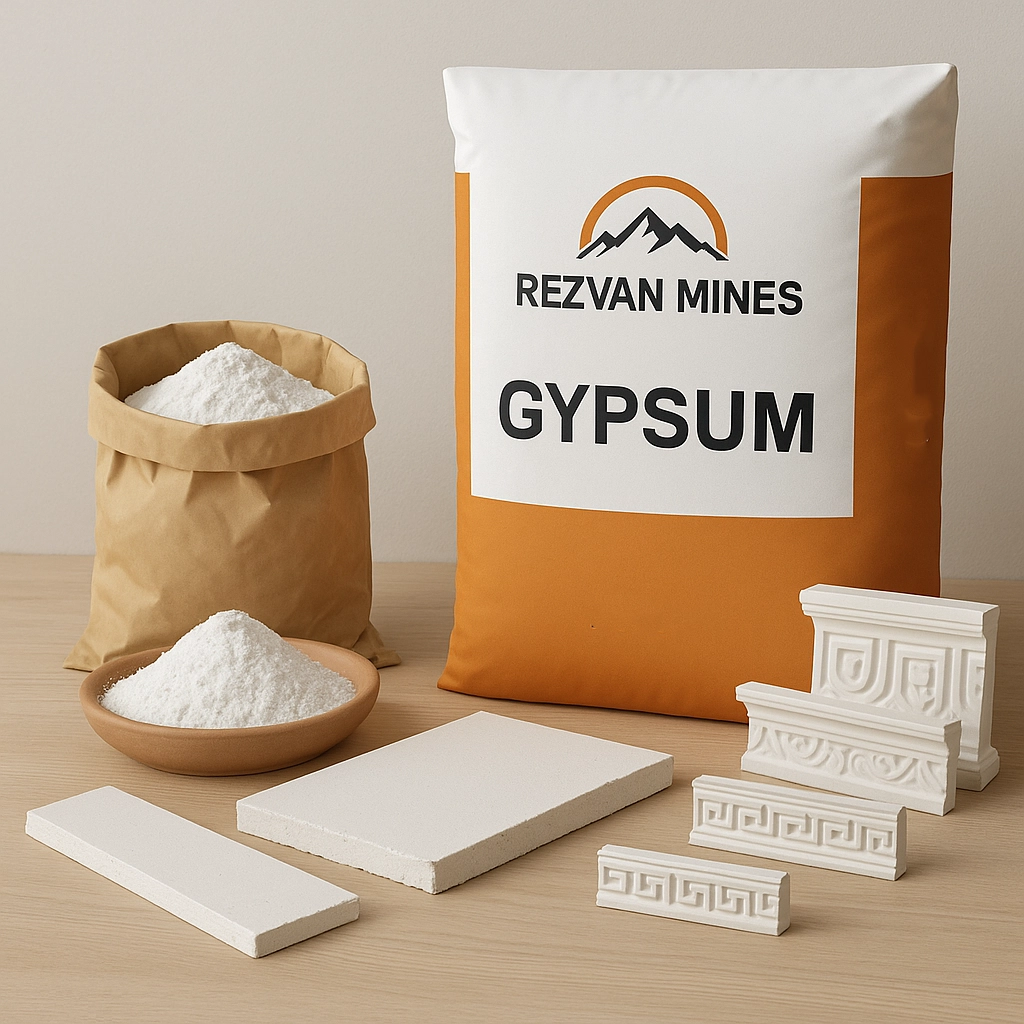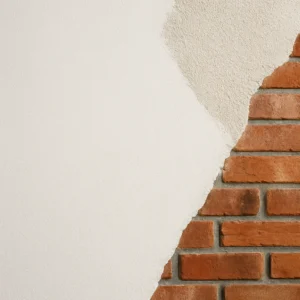Introduction
When it comes to interior and exterior construction, selecting the best materials is critical for quality, durability, and performance. Knowing How to Choose the Right Gypsum Product can save you time, money, and effort while achieving excellent results.
This guide provides 7 powerful tips for builders, contractors, and architects who want to ensure they’re using the right gypsum product for their projects. By understanding the key factors involved, you can make informed decisions that meet both aesthetic and structural requirements.
1. Understand Your Project Needs
The first step in learning How to Choose the Right Gypsum Product is to assess your project requirements. Are you working on an interior wall, a ceiling, or an exterior surface? Does the area need fire resistance, moisture resistance, or extra strength?
Different gypsum products are formulated for specific uses. For example, if you’re plastering a kitchen or bathroom, a moisture-resistant gypsum product is essential. If you’re working in a high-traffic area, a high-strength gypsum product is better suited.
2. Know the Types of Gypsum Products Available
Understanding the various gypsum product types is crucial in How to Choose the Right Gypsum Product. The most common types include:
- Regular gypsum plaster
- Fire-resistant gypsum
- Moisture-resistant gypsum
- Micronized gypsum for fine finishing
- Joint fillers and compounds
- Decorative gypsum products
Each type offers unique benefits tailored to specific applications. Reading product datasheets and consulting with suppliers can help you match the right product to your project.
For more technical specifications, visit British Gypsum.
3. Consider Environmental Conditions
Another key factor in How to Choose the Right Gypsum Product is the environment where the plaster will be applied. High humidity, exposure to heat, or direct water contact requires specialized gypsum products.
Moisture-resistant and mold-resistant gypsum are ideal for wet areas, while fire-resistant gypsum is recommended for spaces that need added safety.
4. Evaluate Surface Compatibility
A vital tip in How to Choose the Right Gypsum Product is ensuring the plaster will properly adhere to your substrate. Gypsum products vary in adhesion properties based on whether they’re applied to concrete, brick, gypsum boards, or metal frames.
Always check if the product requires a bonding agent or primer for optimal adhesion.
👉 For specialized substrates like concrete walls, check our Gyptone Gypsum designed for low-absorption surfaces.
5. Check Fire and Safety Standards
Safety is non-negotiable in construction. Part of How to Choose the Right Gypsum Product involves verifying fire ratings, health certifications, and compliance with local building codes.
Fire-resistant gypsum products are required in stairwells, escape routes, kitchens, and utility rooms to meet fire regulations.
6. Factor in Application Methods
Some gypsum products are designed for manual application, while others are suitable for machine spraying. In How to Choose the Right Gypsum Product, consider whether your project needs fast application or detailed handwork.
For large-scale projects with tight deadlines, machine-applied gypsum can save time. For decorative elements or intricate details, hand-applied gypsum offers more control.
7. Compare Costs vs. Long-Term Value
While price is a major consideration, focusing solely on cost can be a mistake. How to Choose the Right Gypsum Product requires evaluating long-term value, including durability, maintenance needs, repair frequency, and aesthetic quality.
Investing in a higher-quality gypsum product may cost more initially but will save you money over time by reducing repairs and extending surface life.
Conclusion
In conclusion, How to Choose the Right Gypsum Product involves understanding project requirements, knowing product types, assessing environmental conditions, evaluating substrate compatibility, verifying safety standards, considering application methods, and balancing cost with value.
By following these 7 powerful tips, builders, architects, and contractors can select the ideal gypsum product for their projects, ensuring both functional and aesthetic success.
Choosing the right gypsum product isn’t just about picking a plaster—it’s about making an investment in quality, safety, and long-term performance.



